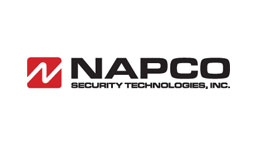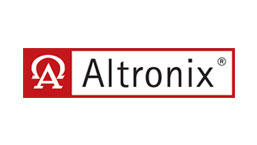John Deere Wants to Connect its Tractors and Other Machines to Satellites
Published by Fierce Electronics, Sept. 29, 2022
John Deere technology officials met with 60 representatives from various satellite communications providers at a test farm here on Thursday to issue an RFP to set in motion a satellite communications network connected with its Deere tractors and other smart field machines in 2024.
Deere already has terrestrial cellular connections to hundreds of thousands of its machines producing crops globally, but many parts of the world lack the broad connectivity required to make quick adjustments in the field for spraying fertilizers alongside young plants or to adjust a huge combine machine to deliver precise measurements in real time for maximum grain yields.
Satellite connectivity would help with precision guidance using AI and sensors, Deere officials told a small group of reporters gathered at a research farm as satellite reps from Hughes Satellite and other companies heard conditions and opportunities in the RFP.
“SATCOM will unlock significant opportunities for agriculture by enabling farmers to take advantage of innovative technologies that rely on real-time information and communication,” said Lane Arthur, vice president of data, applications and analytics at John Deere.
The company is on track to provide driverless tractors to paying customers this fall and those machines would benefit from real-time communication through the John Deere Operations Center as farmers control them via smartphones or tablets to start and stop them, monitor a particular job being executed and to determine what to do when the machine encounters a tree or fence or other obstacle.
Deere may work with a vendor or set of vendors to connect new and retrofitted machines through satellite service and ruggedized terminals atop each machine. Ultimately, the goal it to increase food and fuel production for a growing population.
The company said satellite vendors stand to benefit financially and would gain experience by collaborating with Deere.
Deere sees a $150 billion total addressable market in 2030 for connectivity to the agriculture community, officials said. Deere now connects over terrestrial cellular to 500,000 machines around the globe and hopes to grow that number to 1.5 million in 2026. Up to 5,000 new machines could be connected over satellite each year, with the potential of retrofitting 40,000 existing machines.

FEATURED EVENT
Call for Speakers Now Open!
Deadline: October 21, 2022
Jahmy Hindman, CTO at John Deere, said the eventual SATCOM network could be a hybrid of various low-earth and geostationary satellites that would need the ability to interconnect with 5G and other cellular networks. The focus initially will be on satellite connectivity in North and South America, but global connectivity is a goal. The US and Brazil are the largest producers of crops and the US has up to 85% cellular coverage nationwide, while Brazil has only up to 30%.
On some farms in Brazil, two tractors may work a single large plot but at distances far apart. Today they most likely could not communicate over cellular, but satellite would assist in coordination.
“Imagine if your business depended on a connection as it does for most farmers in Brazil,” said Arthur. “They are flying blind and can’t see what’s happening.”









